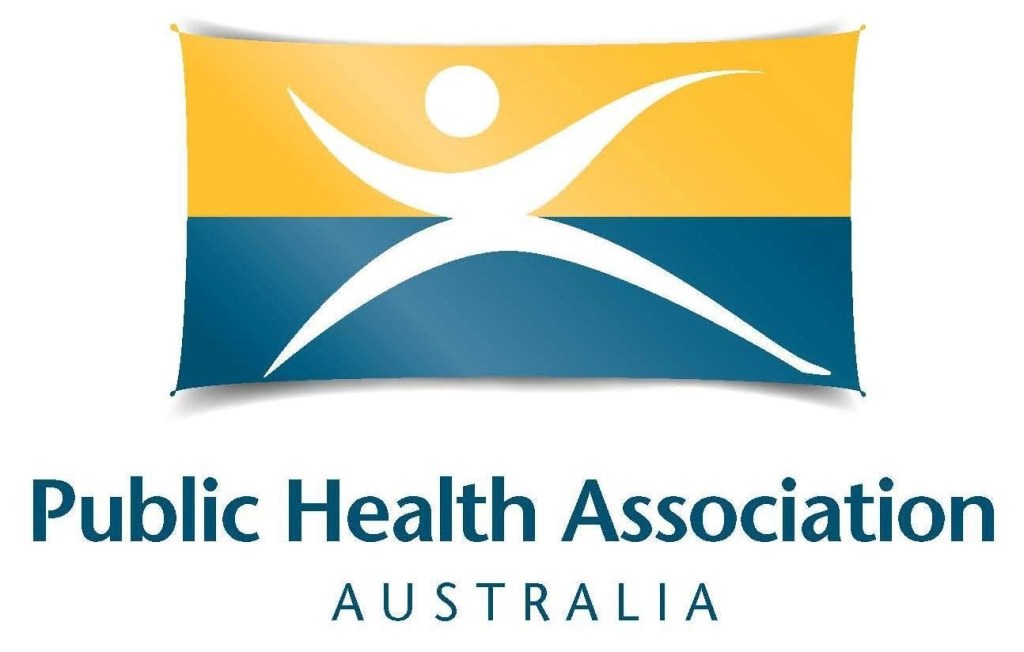Jane Heller and Richard Heller
We support many of the ideas that others have posted on the CDPC Corner about the development of an Australian Centre for Disease Control (CDC), a pre-election commitment made by the Australian Labor Party. Our contribution builds on these previous submissions by calling for this body to take the form of a distributed network.
With the development of any new ‘centre’, there is discussion, and presumably some positioning, on where it might be located. However, we propose to explore the suggestion by some, including Peter Doherty, that such a body should take the form of a network rather than a single, geographically consolidated centre.
For a network to function properly, it must be structured appropriately with a sound theoretical basis. As a start, the organisation’s title should not contain the word Centre (or Centres). We instead propose a framework for an Australian Distributed Network for Disease Prevention and Control (ADNDPC). This is based on concepts of the Distributed University and the benefits of distributed knowledge creation.
The Distributed University has been proposed to reduce inequalities in access to higher education. Education is distributed, using online technology, to where it is needed – nationally, regionally, globally, and over time. It encourages collaboration rather than competition, replaces managerialism with trust and reduces negative environmental effects.
Consistent with this approach, but applied to the research environment, is the notion of distributed knowledge production, where knowledge is derived broadly from different geographical and socio-cultural settings. This reflects the philosophical approach of ‘standpoint theory’ which suggests that our own views may be limited by our own background and experience. It also reflects the concept of ‘Mode 2’ knowledge where its production is transdisciplinary and widely diffused.
What would applying this to Australian disease control imply?
Roles
Others, such as a PHAA webinar and pieces on CDPC Corner suggest the following roles:
- provide independent, transparent evidence-based advice to government
- coordinate national research efforts to inform policy and guide decision-making, including rapid research
- collate, analyse, and monitor disease surveillance data
- provide a clearing house for evidence to inform public policy and action
- collate and disseminate clinical guidelines and training resources for treatment and infection control
- perform “horizon scanning” and early identification of future disease threats
- strengthen capacity through workforce development
- evaluate the effectiveness of responses
We summarise these for inclusion in an ADNDPC model as coordination, advice, education, research, and surveillance.
Features
Various features have also been described:
- partnerships with local health departments and academia
- well-resourced communications
- stakeholder input including engagement with Aboriginal and Torres Strait Islander Peoples and culturally and linguistically diverse people
- secure and sustainable funding
- strong leadership
- core focus on social determinants of health
- a transdisciplinary, One Health approach
- connection to and engagement with the Pacific region and internationally
Each of these features could be facilitated and enhanced by a distributed network structure.
Organisational structure of the Distributed Network for Disease Prevention and Control
In an ADNDPC model, the organisation would be distributed according to:
- geography: all jurisdictions are represented
- socio-cultural backgrounds including Aboriginal and Torres Strait Islander people
- speciality: clinical practice, public health, laboratory studies, behaviour change expertise
- species: human and animal disease and environmental health, in a One Health approach
- function: advice, education, research, surveillance
The structure also needs to actively reflect and support the distributed nature of the organisation.
The advent of information technology including communication and collaboration software provides support for a distributed networked structure, but it must be a key aspect of the model, not retrofitted, or seen as an optional extra. Appropriate, and potentially bespoke, communication systems are key for a networked structure’s success.
A small administrative centre would allow for national and global needs to be reflected, activities to be coordinated and government funding to be channelled to functional ‘hubs’ where the organisation’s main functions take place. Hubs may take the form of co-located in-person groupings or, more likely, virtual connections, allowing for expansive regional input and continued engagement with source institutes and agencies, as noted below. The hubs will allow close relationships with their local communities and industry, as well as collaboration with global partners. Broader societal needs will be reflected at both the administrative and functional hub levels. We anticipate that the hubs will be largely comprised of members of existing organisations so that national expertise can be utilised. A central online repository of resources, openly available to the professions and the public, is also part of the proposed structure.
Placing the main functions of the organisation in hubs would ensure that relevant groups can contribute to the organisation’s mission, with input from both veterinary and human clinical, laboratory, and public health sciences as well as communication experts. Universities, research institutes, service public health units, state government agencies (human, animal, and environmental health), laboratory, and pathology services all have a role to play and could contribute individuals to various regional hubs. We propose that further development of existing regional One Health groups would allow rapid communication and engagement across key areas of interest, and feed into the hub structure.
The governance of such an organisation will need to be developed thoughtfully. Adopting the principles of a distributed network will be a fundamental first step and will help define an appropriate governance structure. The administrative role might even be rotated among those functional hubs that have relevant capacity. Government funding could be distributed to hubs in exchange for tasks that are not currently funded, through relief funding during an emergency, as well as ‘in kind’ funding from various network members.
The network can start small, and build up over time, to result in a national ADNDPC that is able to proactively manage and rapidly respond to issues relating to disease prevention and control.
Jane Heller is an Associate Professor in Veterinary Epidemiology and Public Health at Charles Sturt University, a co-founder of the AMR Vet Collective (www.amrvetcollective.com) and director of Heller Consulting.
Richard Heller is an Emeritus Professor in Public Health and Medicine, Universities of Manchester, UK and Newcastle, Australia.
Read more pieces at PHAA’s CDPC Corner.


Leave a Reply